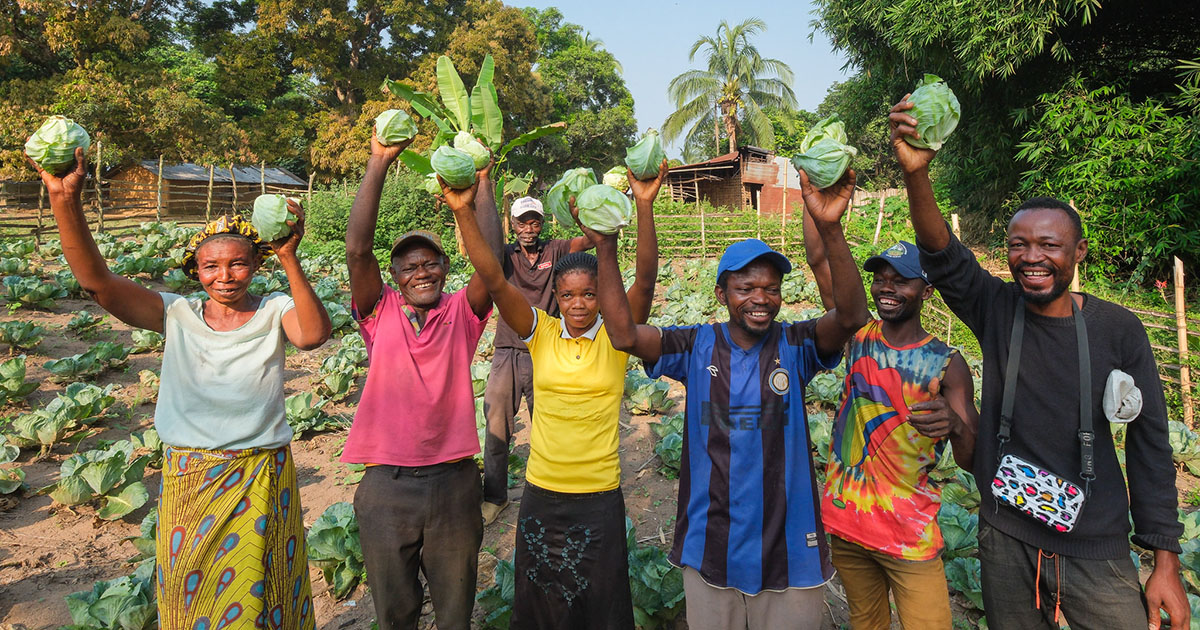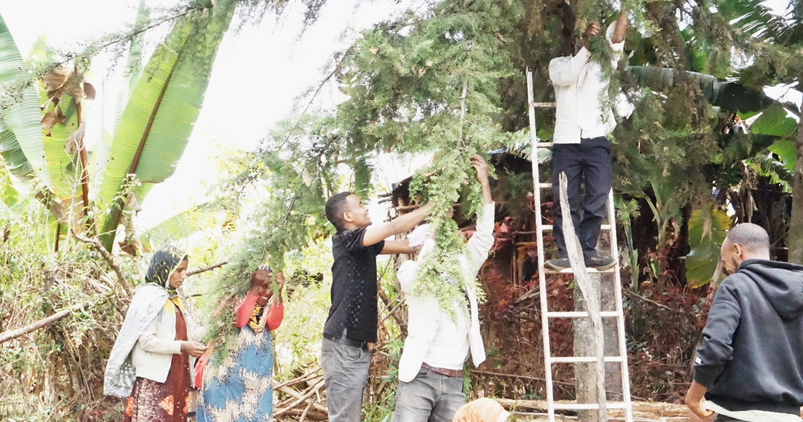The reestablishment of agroforestry systems in Central Asia, combining crop production with protective tree shelterbelts, provides significant potential to improve farming systems. This includes increasing crop yields, additional income from timber, as well as reducing soil degradation and wind erosion. Thus, adopting shelterbelts as a form of pro-environmental behavior provides a number of socio-economic benefits, although some trade-offs need to be considered as well. This paper investigates factors that shape the perception of-and attitude towards-the establishment of tree shelterbelts by farmers in two case study regions in Kyrgyzstan. Applying a conceptual framework distinguishing between extrinsic and intrinsic factors, research methods included semi-structured interviews with farmers and local policy makers. The results show spatial differences in the perception of shelterbelts, both on the regional and on the village scale. In general, shelterbelts were negatively perceived by more than half of the farmers. The main concern raised by farmers was the shading of crops by shelterbelts, resulting in a decrease of yield. In addition, small field sizes and potential conflicts with neighbors were key concerns. Furthermore, rules set by local self-government bodies were inconsistent with the legislative framework, posing significant restrictions to the adoption of sustainable land use practices. © 2020 by the authors.
DOI:
https://doi.org/10.3390/su12031093
Dimensions Citation Count:






















